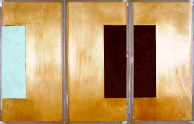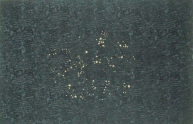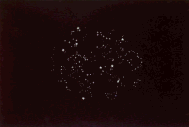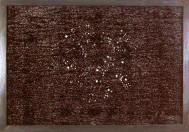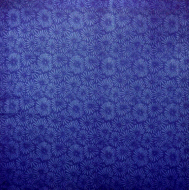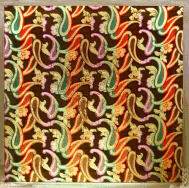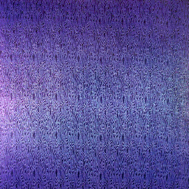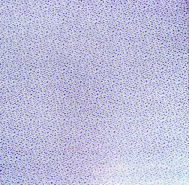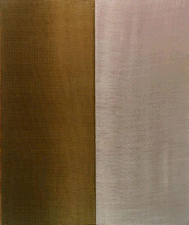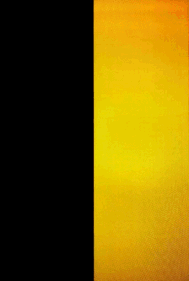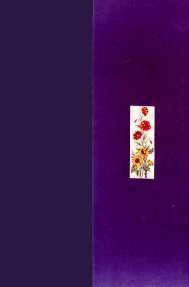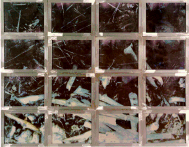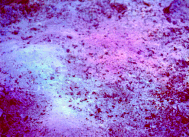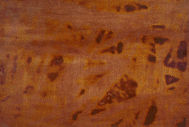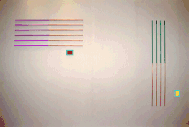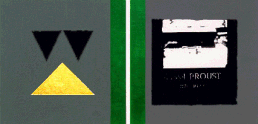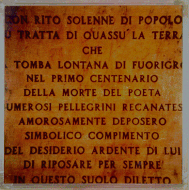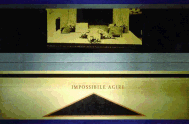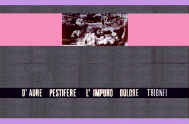|
Today the art system is dominated by a generalized conformity that optimistically assumes a void of ideas and of innovative attitudes to be an element of simplification of reality. But the artist must use everything he has at his disposal to assert the positive value of the complexity which the work expresses, a complexity which can't be reduced to the reassuring commonplaces of secondary thought. On the contrary, as art should always be contemplating its own roots, and the place it should inhabit, so it should always be renewing the search for the sense that gives it the dignity of its existence, that inexhaustible ability to produce meanings, to reinvent its ontological condition and take the work back to the source of its being, to its own origin, where it reveals its truth. An art which can continue to express itself as a necessity, and as the destiny of a human being, as a praxis or action, which originates in total freedom, whereby necessity is transformed into freedom and reveals the absolute, which is either in the work itself or is nowhere to be found. It is only through the praxis that the work can actually come into being and offer itself as télos (purpose), completion and event, outcome and result, to the theoréin that contemplates it, since this happens according to its own necessity, referring uniquely to itself. The freedom, beauty and eternity of art represent a real and vital act, and they are equal only to the intimate interior coherence which art requires, the necessity of its own order, which cannot support external pressures which would take away the coherence and autonomy from the work's conception. As the artist is a maker and a demiurge, he must abide the law, that interior law or order which inspires what he does, which he finds inside himself and which reveals itself in art, in téchne (technique), "any cause - as Plato says - that changes something from not being to being". This is the mystery of art: to summon, from Silence, a silence which speaks to the artist, and, almost by chance, the inexpressible and the necessary. The artist's act which brings us back to the origin of matter determining it as being, acquires the general meaning of a dominion over anything that can be shaped, over anything that is form, distance and approach to the original nothingness, to the purest void. Maybe art is just this suspension on the abyss of nothingness, and it speaks to people of this nothingness and the charm of the beginning. The essence of art, as revealed when it happens, in its defined indeterminateness, shows as the foundation of the structure of existing things, where necessity and chance lie together. Thus the existence of art testifies both to the existence of man, through his being in the world and the actions he does, and to the necessary presence of nothingness. A nothingness that centuries have called God. (L. Viola, 1992) |


